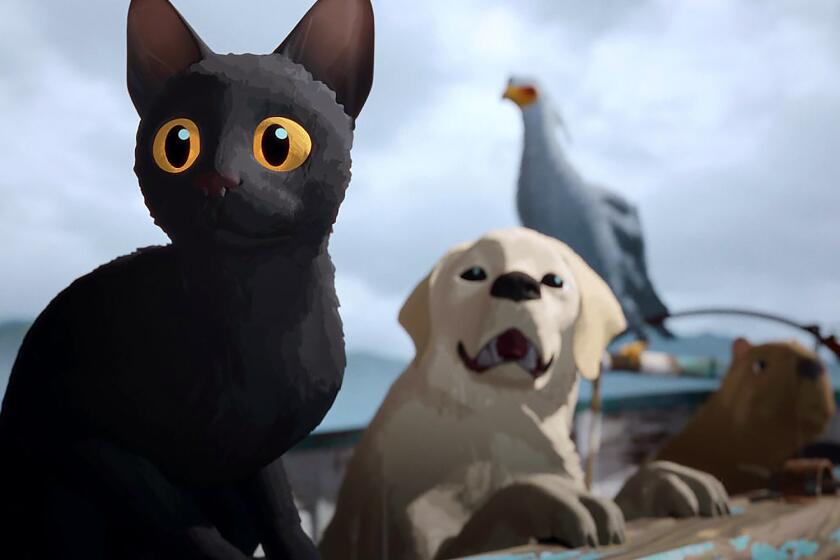Strong animated Japanese heroines being overlooked
“The Boy and the Beast”: This adventure confirmed the reputation of Mamoru Hosoda (“Summer Wars”) as one of the most interesting writer-directors working in animation. He deftly blends imagery from “Moby-Dick” with an unusual twist on a Japanese martial-artist-in-training story to create a powerful blend of drawn and CG animation.
“Boy and the World”: The Brazilian feature juxtaposed kaleidoscopic computer-generated patterns with simple, hand-drawn figures that recall the award-winning films of John and Faith Hubley. This brightly colored, appealing film is told entirely in mime.
“Shaun the Sheep Movie”: Writer-directors Mark Burton and Richard Starzak expanded the world of the popular stop-motion TV series into a delightful adventure that’s bigger but not too big. Told without dialogue, “Shaun” earned comparisons to the films of Charlie Chaplin and Buster Keaton. Yet no one went to see it.
“When Marnie Was There”: Hiromasa Yonebayashi charmed audiences and critics alike with this gentle film about an alienated, artistic teenager who finds the friend she didn’t realize she needed. As he did in “The Secret World of Arietty,” Yonebayashi suggests magic may be hiding beneath the mundane details of everyday life.
“Sanjay’s Super Squad”: It’s been overshadowed by the feature it precedes, “The Good Dinosaur,” but this short about a misunderstanding between an American little boy and his immigrant father that escalates into a fantasy-adventure offers more original designs and emotional resonance than many big-budget features.
More, please: Japan offers an interesting array of heroines and role models for young women. Many viewers wish American animators would offer the same satisfaction at the completion of a true heroine’s journey.
No más: As Lou Grant once told Mary Richards, “You’ve got spunk ... I hate spunk!” So many heroines in recent American animated features have spunk. There are exceptions — Riley in “Inside Out” or Astrid in the “How to Train Your Dragon” movies — but American animation is suffering from a surfeit of perkiness.
More to Read
Only good movies
Get the Indie Focus newsletter, Mark Olsen's weekly guide to the world of cinema.
You may occasionally receive promotional content from the Los Angeles Times.










